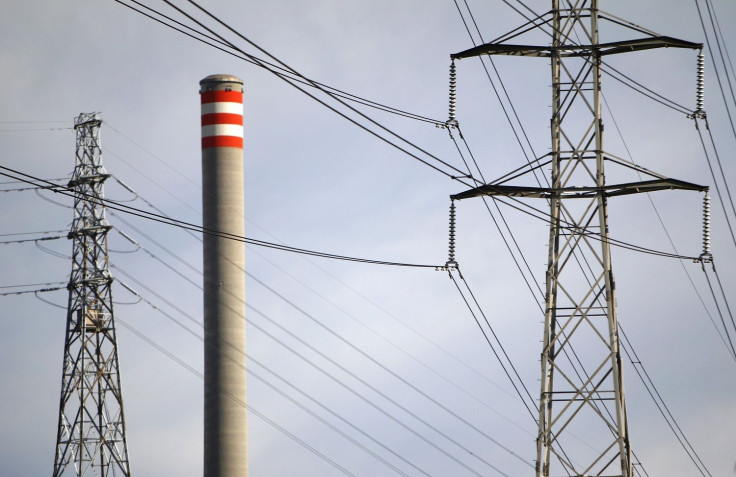Labor's plan to produce 50% power from renewable energy can raise electricity prices: AEMO

The Australian Energy Market Operator (AEMO) has criticised Labor’s plan to have production of 50 percent power from renewable energy by 2030. The power market operator said efforts to meet the target could cause an increase in electricity prices in addition to an unstable grid.
This comes as the AEMO, in a submission to the Queensland Renewable Energy Expert Panel review, called for an improved analysis to reflect the “volatility” of renewable energy. Lower levels of coal-fired power in the system could lead to more power outages and blackouts, the operator said.
“These attributes are already being experienced in the South Australian power system,” AEMO said. “AEMO anticipates that this challenge will emerge in other regions, such as Queensland and Tasmania, that could, in an extreme event, separate from the remainder of the (national electricity market), as the whole system evolves.”
The push for the renewable energy target “will at times mean that asynchronous generation (for example, wind and solar PV) will be very high relative to Queensland demand, and conventional energy generation will be displaced,” AEMO said. The operator added that it could affect the operational aspects of the network, including security and stability.
Meanwhile, EnergyAustralia and AGL Energy are supporting BHP Billiton's push to introduce an emissions intensity scheme (EIS) for the electricity sector. This, the multinational mining company says, could cut down Australia’s carbon emissions.
In an interview with The Australian Financial Review, EnergyAustralia managing director Catherine Tanna highlighted that while EIS “is the appropriate way to go,” politics “is making it very difficult to make good politicians to do the right thing.” According to AGL Energy, there is a need to introduce EIS along with a rule to shutter coal-fired power plants that have operated for more than 50 years unless they are retro-fitted to become carbon neutral.
Last year, Australian Energy Market Commission and AEMO undertook an extensive modelling for the Finkel review. The findings revealed that EIS was inexpensive by much as 60 percent than extending the Renewable Energy Target.




















